Richard Kuiper
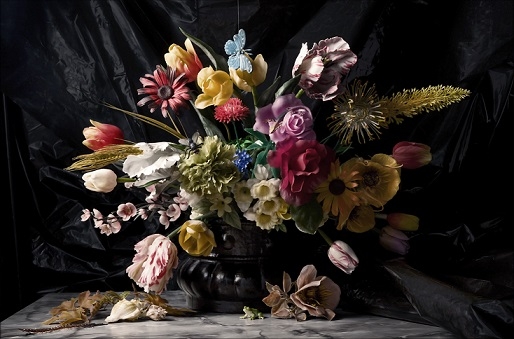
To 17th century merchants, the nouveaux riches of the Dutch Golden Age, collecting luxury items and utensils to show off their wealth and lifestyle was a competition. They revelled in exotic animals and shells from the East Indies, priceless glassware from Venice, porcelain from China, silver and gold from Antwerp.
To immortalise their high standard of living they commissioned famous Dutch still life painters, including Pieter Claesz, Floris van Dijck, Frans Snyders, Adriaen Coorte and Balthasar van der Ast.
These gifted painters captured the items, products and everyday utensils, most of which were made of natural materials, in lifelike detail. They illustrated the prosperity of the 17th century, preserving the various items for posterity.
Today, prosperity produces non-perishable items that will remain on this earth in some shape or form forever ? usually plastic. Plastic is the environmental problem of the future, and it threatens both humans and animals alike.
Nowadays absolutely everything is fashioned from plastic because it is a durable, convenient and highly useful material. As if that was not bad enough, we are witnessing the rise of plastic for purely decorative purposes. You name it and you can find it in plastic? indistinguishable from the real thing.
This inspired photographer Richard Kuiper to produce still life portraits of plastic à la the Old Masters of the 17th century. At first glance they resemble the beautiful still lifes created by Pieter Claesz or Adriaen Coorte, but when you get closer you discover that the tablecloth is a plastic bin liner. That an elegant goblet is an athlete?s plastic water bottle. Upon scrutiny a fish is inflatable, complete with valve.
Richard Kuiper sees the dichotomy in his work: on the one hand, he admires the material, the invention of the everlasting. On the other, however, his compositions serve as a warning, and he hopes to use his photos to show how we have gone overboard with our use of plastic.
UTRECHT
-

De Kikker
73X98,5 | 107X148 | 240X168 CM
Dutch Still Life in Plastic - Photography
4.200 | 8.500 | 15.000 Euro | Lokatie: Utrecht
Op Aanvraag
-

De Bloei
73X98,5 | 107X148 | 240X168 CM
DUTCH STILL LIFE IN PLASTIC - PHOTOGRAPHY
4.200 | 8.500 | 15.000 Euro | Lokatie: De Dependance
-
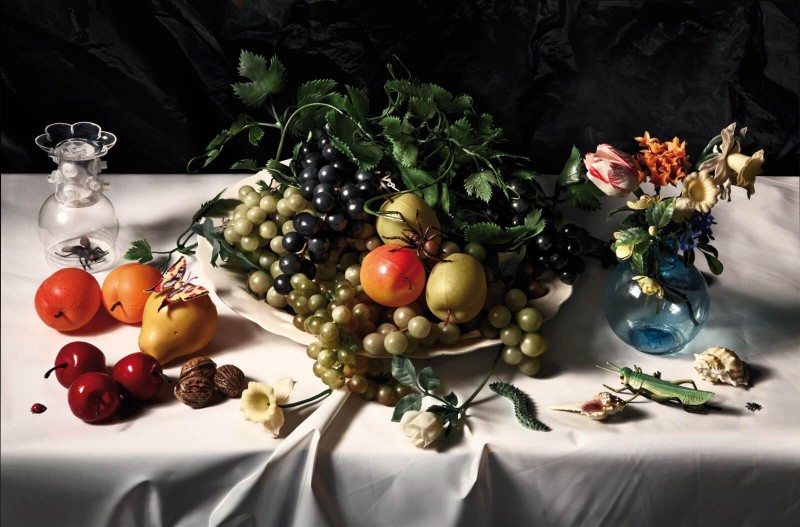
De Kers
73X98,5 | 107X148 | 240X168 CM
Dutch Still Life in Plastic - Photography
4.200 | 8.500 | 15.000 Euro | Lokatie: Utrecht - On Request
-
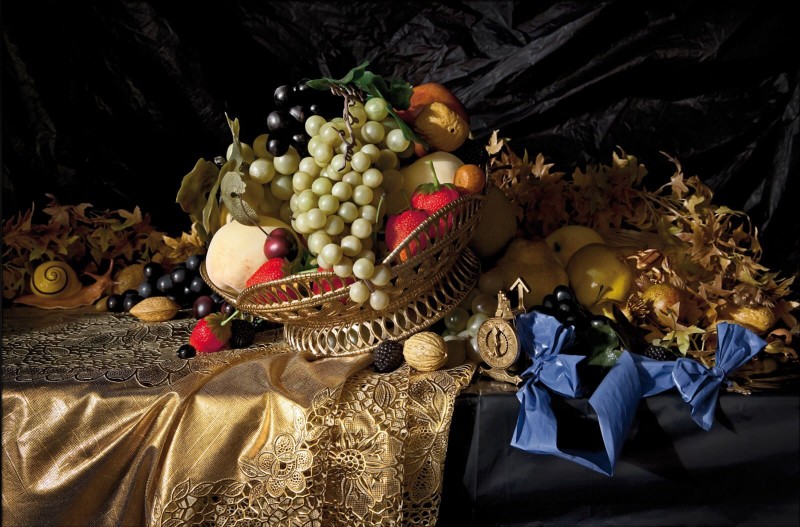
De Slak
73X98,5 | 107X148 | 240X168 CM
Dutch Still Life in Plastic - Photography
4.200 | 8.500 | 15.000 Euro | Lokatie: Utrecht - On Request
-

Het Ei
73X98,5 | 107X148 | 240X168 CM
Dutch Still Life in Plastic - Photography
4.200 | 8.500 | 15.000 Euro | Lokatie: Utrecht - On Request
-

De Zwarte Engel
73X98,5 | 107X148 | 240X168 CM
Dutch Still Life in Plastic - Photography
4.200 | 8.500 | 15.000 Euro | Lokatie: Utrecht - On Request
-

Het Pistool
73X98,5 | 107X148 cm
Dutch Still Life in Plastic - Photography
4.200 | 8.500 Euro | Lokatie: Utrecht - On Request
-
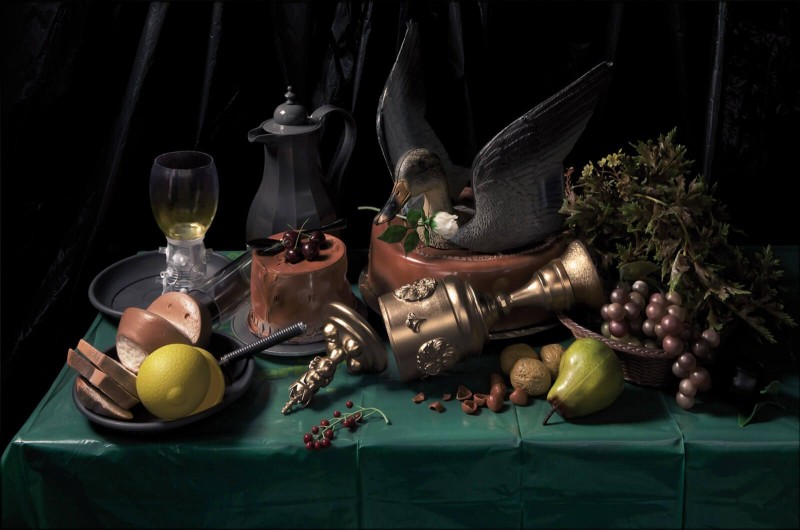
De Eend
73X98,5 | 107X148 cm
Dutch Still Life in Plastic - Photography
4.200 | 8.500 Euro | Lokatie: Utrecht - On Request
-

De Uil
73X98,5 | 107X148 cm
Dutch Still Life in Plastic - Photography
4.200 | 8.500 Euro | Lokatie: Utrecht - On Request
-

De Vlieg
73X98,5 | 107X148 | 240X168 CM
Dutch Still Life in Plastic - Photography
4.200 | 8.500 | 15.000 Euro | Lokatie: Utrecht - On Request
-

Het Piepkuiken
73X98,5 | 107X148 cm
Dutch Still Life in Plastic - Photography
4.200 | 8.500 Euro | Lokatie: Utrecht - On Request
-

De Dode Vlieg
73X98,5 | 107X148 | 240X168 CM
Dutch Still Life in Plastic - Photography
4.200 | 8.500 | 15.000 Euro | Lokatie: Utrecht - On Request
-

De Zeepbel
73X98,5 | 107X148 | 240X168 CM
Dutch Still Life in Plastic - Photography
4.200 | 8.500 Euro | Lokatie: Utrecht - On Request
-

De Vangst
73X98,5 | 107X148 cm
Dutch Still Life in Plastic - Photography
4.200 | 8.500 Euro | Lokatie: Utrecht - On Request
-

De Kalkoen
73X98,5 | 107X148 | 240X168 CM
Dutch Still Life in Plastic - Photography
4.200 | 8.500 | 15.000 Euro | Lokatie: Utrecht - On Request
-

Tabac
73X98,5 | 107X148 cm
Dutch Still Life in Plastic - Photography
4.200 | 8.500 | 15.000 Euro | Lokatie: Utrecht - On Request
-

De Eikel
73X98,5 | 107X148 cm
Dutch Still Life in Plastic - Photography
4.200 | 8.500 Euro | Lokatie: Utrecht - On Request
-

De Kaars
73X98,5 | 107X148 | 240X168 CM
Dutch Still Life in Plastic - Photography
4.200 | 8.500 Euro | Lokatie: Utrecht - On Request
-
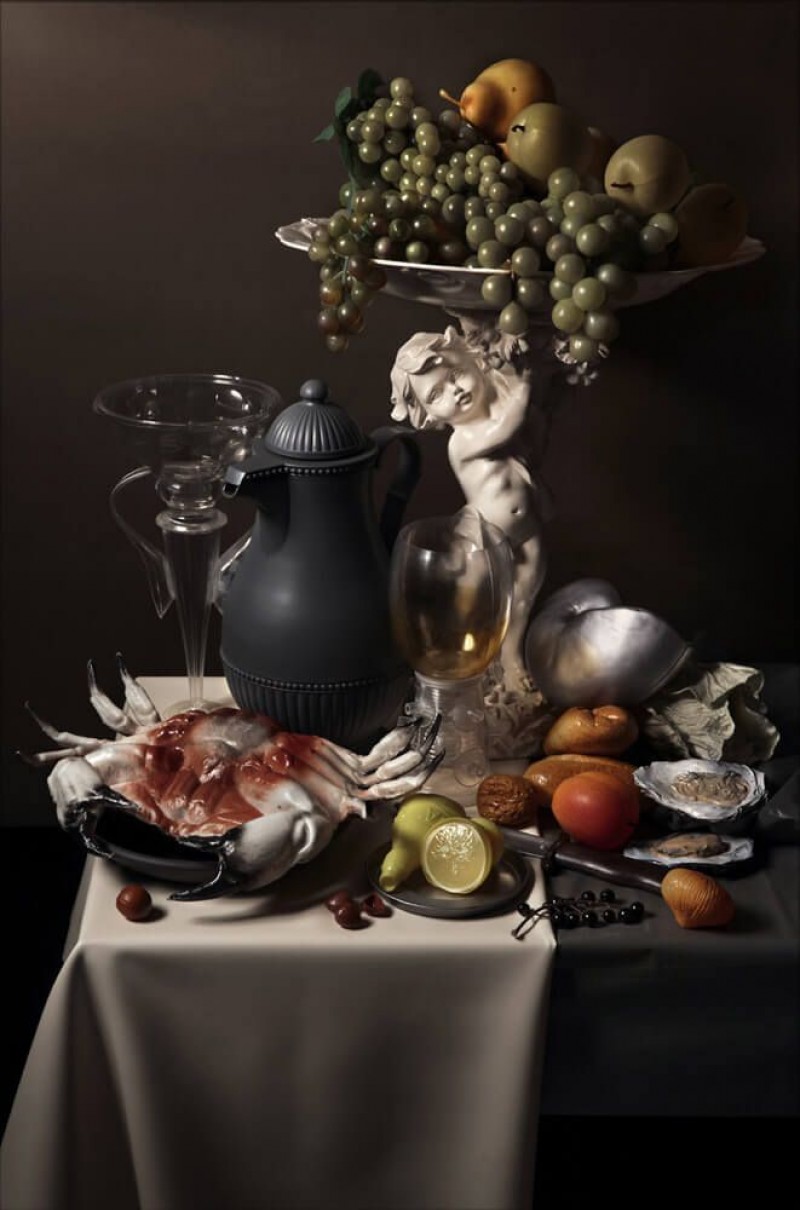
De Krab
73X98,5 | 107X148 cm
Dutch Still Life in Plastic - Photography
4.200 | 8.500 Euro | Lokatie: Utrecht - On Request
-

De Schaar
73X98,5 | 107X148 cm
Dutch Still Life in Plastic - Photography
4.200 | 8.500 Euro | Lokatie: Utrecht - On Request
-
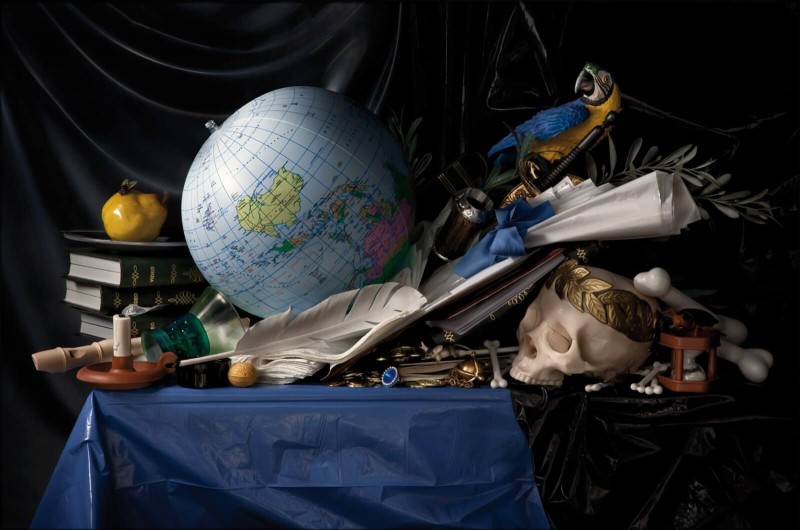
De Zandloper
73X98,5 | 107X148 cm
Dutch Still Life in Plastic - Photography
4.200 | 8.500 Euro | Lokatie: Utrecht - On Request
-

Het Haasje
73X98,5 | 107X148 cm
Dutch Still Life in Plastic - Photography
4.200 | 8.500 Euro | Lokatie: Utrecht - On Request


